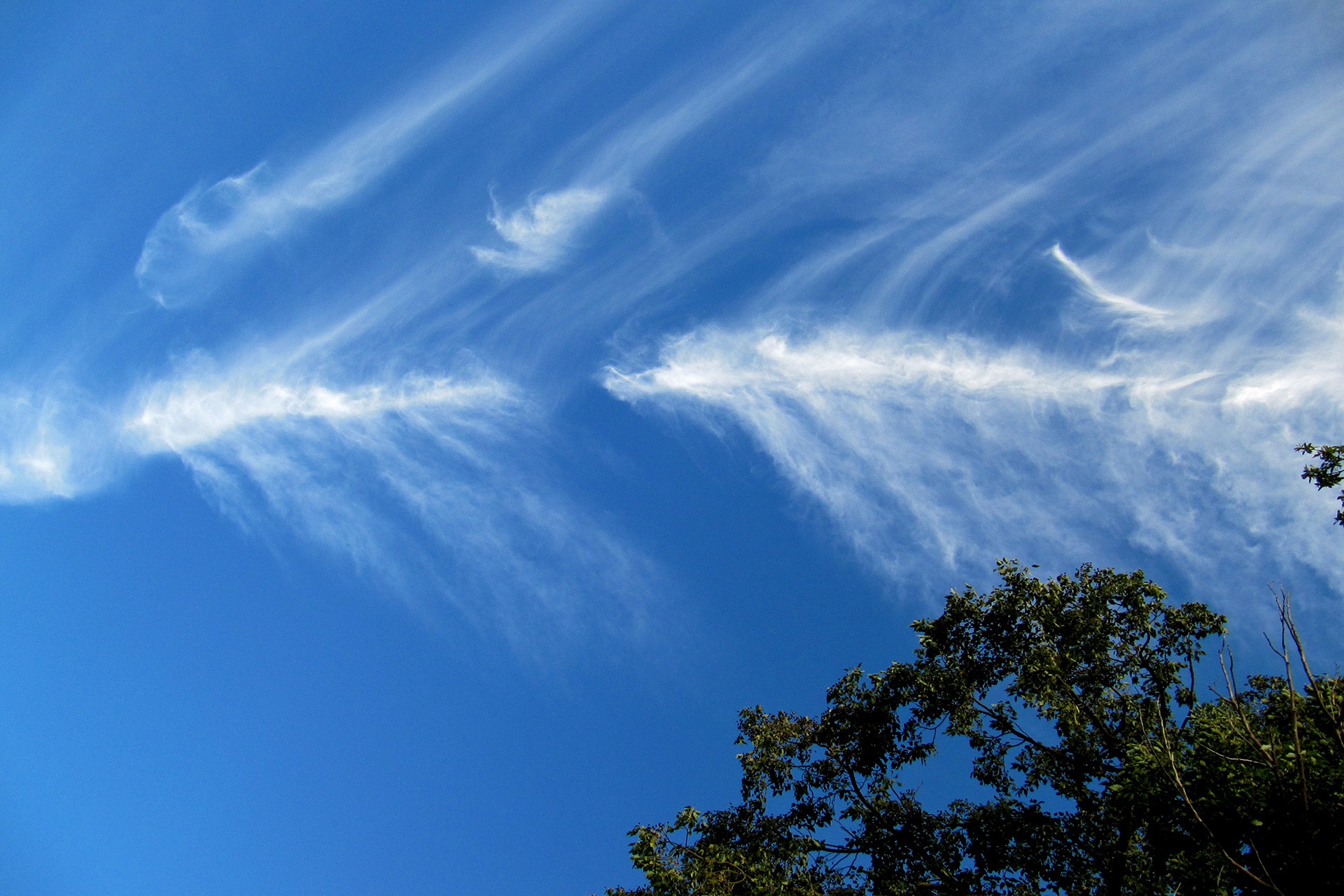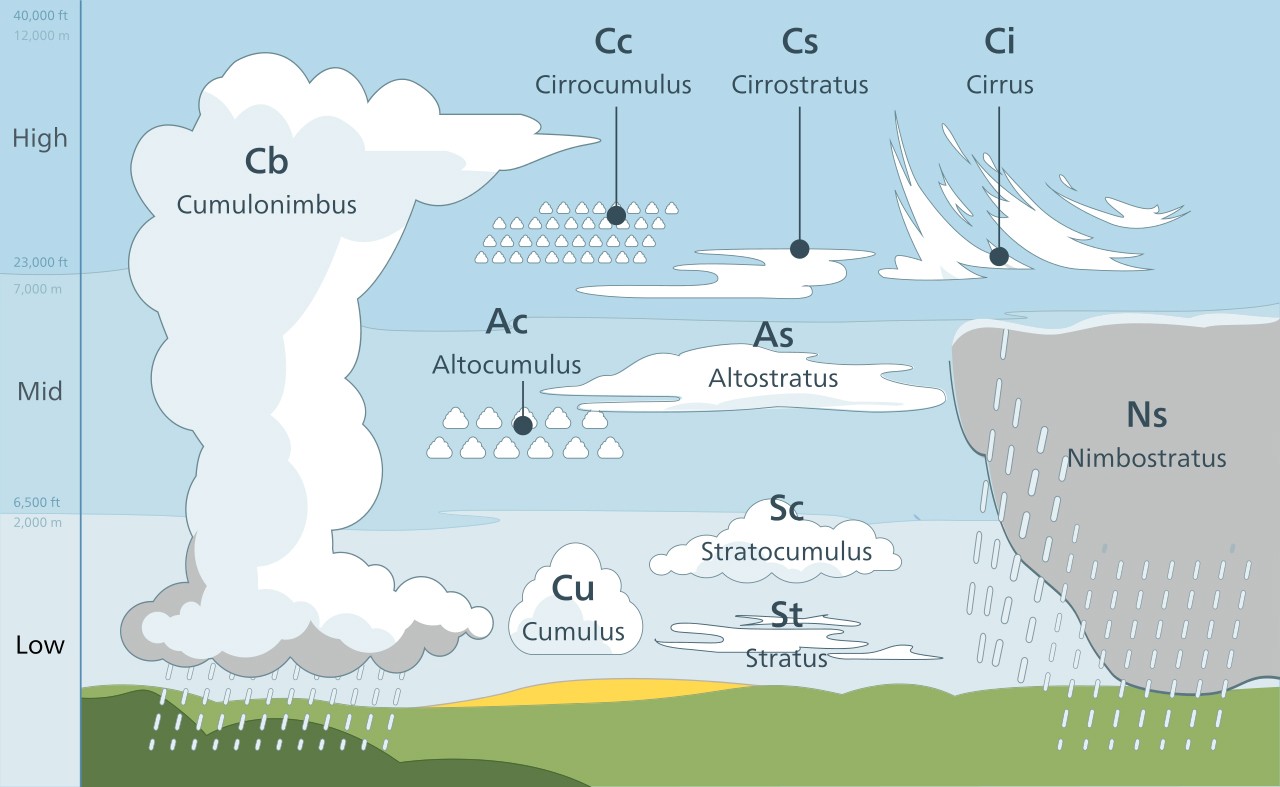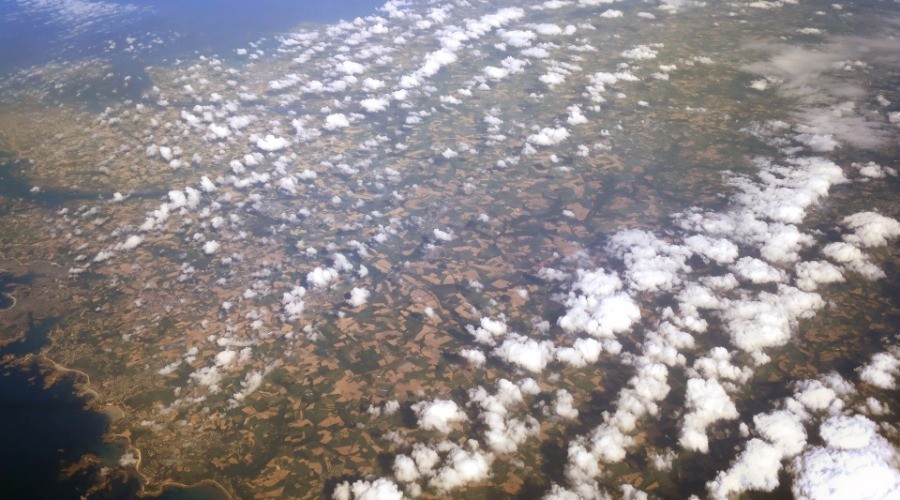Head in the Clouds
This World Atmosphere Day, Upasana Sarraju tells us about the Cloud Appreciation Society. Cirrus-ly.
On World Atmosphere Day, we take a moment to appreciate everything that’s wonderful about our atmosphere. Our atmosphere makes life possible on this planet: it provides the oxygen we breathe, it filters out harmful UV rays, it offers stunning phenomena like the aurora borealis. It’s also the source of good old fluffy clouds.
What do clouds mean to you? A child looks up and sees cotton-wool shapes floating overhead. A farmer who has lived through drought raises his eyes to the sky looking for harbingers of rain.
Most of us pay no attention to clouds at all. They’re there, or they’re not. But for a select few, clouds are a thing of wonder above us, to be appreciated every day of the year. These cloud enthusiasts – not meteorologists, mind you – are thrilled when they spot a cloud formation unusual to the region. They recognise and photograph various types of clouds. We recently discovered there’s even a community for people around the world who are passionate about observing the ephemeral artistry of clouds in the sky: the Cloud Appreciation Society.

Cirrus vertebratus clouds; photograph courtesy Wikimedia Commons
The Cloud Appreciation Society was established in 2005 in the UK; today, it has over 42,000 members worldwide. Yahoo has called it “the most weird and wonderful find on the internet”, and it’s been the subject of a BBC documentary called Cloudspotting.
Its founder, Gavin Pretor-Pinney, believes in the benefits of gazing at clouds. In a digital, hyper-connected world, Pretor-Pinney believes we need to actively create spaces in our day where we allow ourselves to drift, to be idle. Looking up at the clouds allows us to do just that. But it’s not all about daydreaming. In 2009, Pretor-Pinney proposed a new type of cloud formation, called the Asperitas, which was added to the International Cloud Atlas in March 2017. The Asperitas, a “wave-like billowing cloud with an underwater appearance” was a formation Pretor-Pinney observed several times over in the society’s CloudSpotter app, where users from around the world share and compare their cloud photographs.

Types of clouds; image courtesy Wikimedia Commons
We spoke to several cloud-watchers from India to understand their fascination with cumulus and cirrus formations in the sky. Siya Sethi, a doctor from Chhattisgarh, told us that as a child, she was able to identify the clouds above her even as adults around her struggled to pronounce their names. Today, she is an avid user of the CloudSpotter app. Another member, Ajit Nagarpurkar, a management consultant and sculptor from Mumbai, said he finds it relaxing to look up and observe the ever-changing shapes in the sky. Madhavi Sethupathi, an editor in a publishing house from Chennai, also felt that cloud gazing offers a different perspective during the day. With the society’s newsletter, she said, she can now identify many more cloud types than before.
Cover: Cumulus clouds floating over land; photograph courtesy Wikimedia Commons
